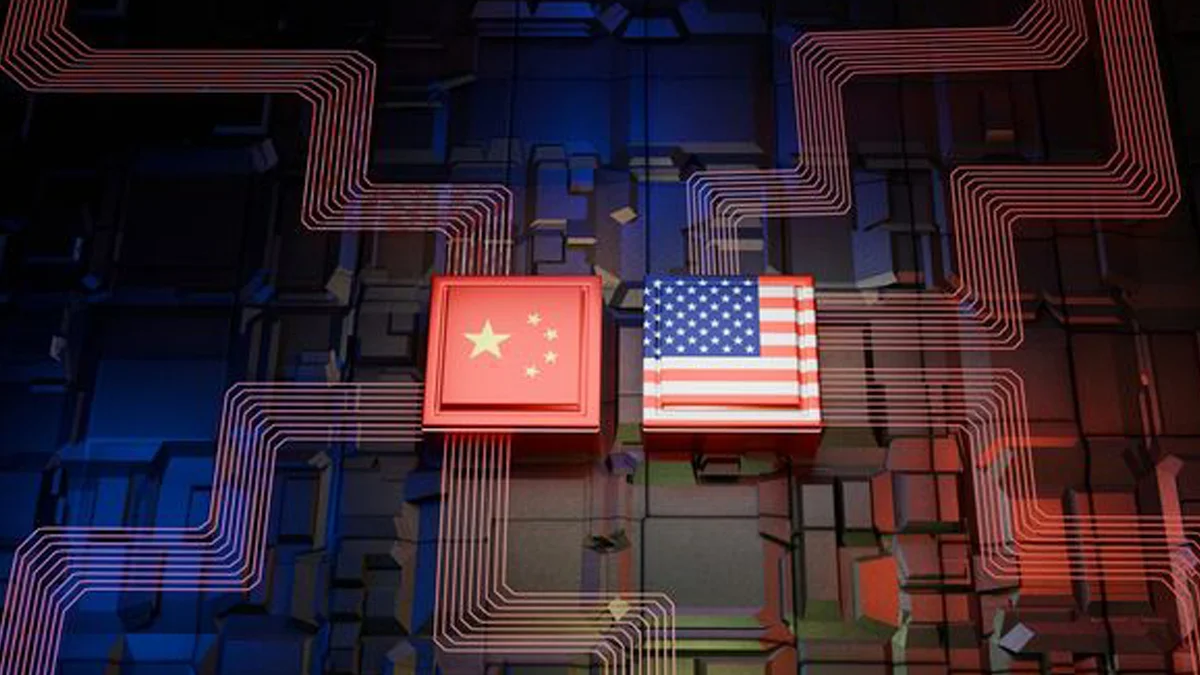Necessary Always Active
Necessary cookies are required to enable the basic features of this site, such as providing secure log-in or adjusting your consent preferences. These cookies do not store any personally identifiable data.
|
||||||
|
||||||
|
||||||
|

The US has lifted restrictions on chip design software to China. The US also repealed export limits it had imposed on China weeks ago. This move shows that tensions between the two countries are reducing.
According to CNBC, three of the largest semiconductor software designers, Synopsys, Siemens, and Cadence, said that they received letters from the Commerce Department informing them of the changes.
Following the easing of EDA software controls, Synopsys, Siemens, and Cadence said they will start selling electronic design automation tools to their customers in China again. Siemens, which is based in Germany and has a subsidiary called Siemens EDA in Oregon, said it had already restored full access to its restricted software and technology.
The company said that it has resumed support and sales to its Chinese customers. For a long time, different administrations in the US have attempted to limit China’s access to advanced American technology. These attempts have been aimed at curtailing China’s AI development.
The latest chip export restrictions have benefited the semiconductor industry in China through subsidies to encourage domestic production. As a result, the country has experienced a boom in design activity. In May, Nvidia CEO Jensen Huang warned that US chip curbs have caused more harm to US companies than to China.
At the same time, analysts said that the US chip export policy could give China a chance to catch up with American AI chip technology, rather than protect its dominance of the global artificial intelligence industry.
Stock prices of Cadence and Synopsys rose on July 2 following the trade deal that lifted chip curbs to China. In the US, Cadence and Synopsys stocks rose 5.9% and 6.7% respectively. In Frankfurt, Siemens stocks gained 0.9%.
The US-China trade deal eased uncertainty that has surrounded access to the crucial Chinese market for months. De-escalation of trade tensions between the US and China comes as a relief for the large software players.
“This marks a distinct warming of relations and a small ceasefire in the chips war. The US will remain concerned about the technological prowess China has developed, and its use of US intellectual property,” Hargreaves Lansdown’s Money and Markets Head Susannah Streeter said.
Cadence, for example, is set to restore an estimated 12% of its annual revenue from the Chinese market. For Synopsys, China EDA access will see the software giant get about 16% of its sales back. In a conference call with analysts, Synopsys CEO Sassine Ghazi said the software company experienced a slowdown in the Chinese market in its second quarter, which closed on April 30. The company generates about 10% of its $1.6 billion quarterly revenue from the Chinese market.
US export curbs were introduced in late May. On May 23, the US government informed chip semiconductors about the requirements for obtaining licenses before exporting chip technology to China. The announcement came after the US tightened chip export controls on other chip products. US export controls also restricted the sale of advanced chips produced by AMD and Nvidia to China.
Analysts say the chip export restrictions will only affect revenues for one month in the current quarter for Cadence and Synopysys. They also said that the restrictions were going to block or delay Synopsys’ plan to acquire an engineering software company, Ansys, for $35 billion.
With the curbs now lifted, analysts expect that the “merger could close by the July 15 deadline, or at the very least, continue to progress toward completion in 2025.”
In May this year, Synopsys suspended its quarterly and annual forecasts a day after issuing them. The company took this action after the US announced the export restrictions.
Data from TrendForce shows that the global market share for Cadence, Synopsys, and Siemens EDA stood at 30%, 31%, and 13% in 2024. News about US lifting export curbs to China came barely a week after Beijing signaled that the two countries were making progress in trade negotiations.